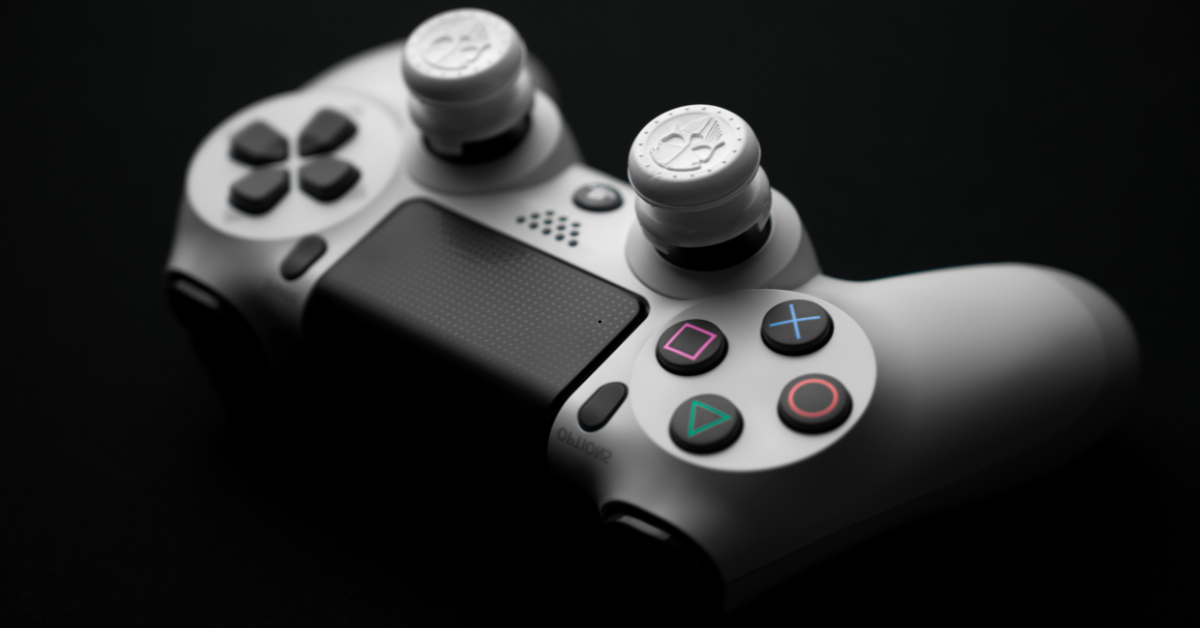Ever had your character move on-screen without you touching the controller? That’s stick drift. Stick drift happens when your joystick starts to move or give commands on its own. This can be frustrating, especially during intense gaming sessions. The main culprit? Changes in the joystick’s components, particularly the potentiometers, which are responsible for interpreting your movements.
Over time, even the best controllers, like the PS5 DualSense, can develop this issue. Environmental factors like dust or pet fur can also sneak into the controller, making things worse. Some controllers are even more prone to stick drift due to design flaws. In this guide, we’ll dive into what causes stick drift, how to prevent it, and what you can do to fix it. Whether you’re a casual gamer or a hardcore player, understanding stick drift is key to maintaining your gear and ensuring smooth gameplay.
Causes of Stick Drift
Stick drift can be a real nuisance, especially when you’re in the middle of a game. Understanding the causes of stick drift can help you prevent it or address it more effectively. Here’s a breakdown of the main culprits:
Natural Wear and Tear: Controllers aren’t built to last forever. Over time, the components inside your joystick, like the potentiometers, start to wear out. This is particularly true for modern controllers like the PS5 DualSense. Every time you move the joystick, it goes through an input cycle. After a certain number of cycles, the components can degrade, leading to drift. The more you play, the closer you get to this point.
Environmental Contaminants: Dust, dirt, and even pet fur can find their way into your controller, especially if you’re not careful about where you store it. These contaminants can interfere with the joystick’s internal components, causing it to misinterpret signals. This issue is more common in controllers with poor protection, like the Nintendo Switch Joy-Cons, where particles can easily sneak in.
Design Flaws: Some controllers are simply more prone to stick drift due to their design. Weak protective materials, inadequate sealing, or poor construction can all contribute to this problem. For example, the Nintendo Switch Joy-Cons are known for their susceptibility to drift because of their less robust design. Controllers that don’t seal out external agents effectively are more likely to suffer from drift over time.
Preventative Measures
Taking proactive steps can help you avoid stick drift and extend the life of your controller. Here are some effective preventative measures:
Keep Controllers Clean: Regular cleaning is crucial to prevent dust and debris from interfering with your controller. Avoid eating or drinking while gaming to minimize the risk of crumbs and spills getting into your controller. Store your controllers in a clean, dust-free environment to reduce the chances of contaminants entering.
Gentle Handling: Treat your controller with care. Avoid rough handling and minimize the use of forceful inputs, especially in games that require rapid or intense movements. Overly aggressive play can accelerate wear and tear on your controller’s components. Being gentle can help maintain the joystick’s accuracy and lifespan.
Calibrating the Controller
If you’re experiencing stick drift, calibration can sometimes fix the issue. Different consoles offer various calibration methods:
Nintendo Switch: For the Nintendo Switch, you can use the built-in calibration feature. This tool helps reset the joystick’s neutral point, potentially fixing minor drift issues. Navigate to the settings menu, find the calibration option, and follow the on-screen instructions.
PlayStation: While PlayStation consoles don’t have a system-wide calibration feature, some games offer adjustable dead zone settings. These settings allow you to tweak the joystick’s sensitivity, which can help mitigate drift during gameplay.
Meta Quest: The Meta Quest offers a joystick dead zone and range recalibration feature in its settings. Adjusting these settings can help address drift issues and improve joystick responsiveness.
Using Pressurized Air
Pressurized air can be a handy tool for cleaning out dust and debris from around the joystick. It works by blowing air into the controller to dislodge particles. However, use it carefully. Holding the canister too close or using it improperly can lead to cold burns or damage the internal components.
DIY Modifications and Repairs
For more persistent stick drift issues, DIY repairs and modifications can be considered:
Overkill Mod: An advanced modification involves adding external potentiometers to the joystick’s circuit to balance resistance and correct drift. While this can be effective, it’s generally seen as excessive and complex for most users.
Joystick Replacement: A more practical and permanent solution is to replace the joystick. Many DIY kits and tutorials are available for various controllers, making it relatively easy to perform this repair. Replacing the joystick can often resolve drift issues more effectively than other methods.
Resetting Controllers
Sometimes, a simple reset can help resolve stick drift problems.
PS5 DualSense: For the PS5 DualSense controller, performing a reset can sometimes fix drift issues. To do this, turn the controller off, wait a few seconds, and then turn it back on. You can also use a small tool to press the reset button on the back of the controller.
Conclusion
Stick drift occurs when your joystick moves or inputs commands on its own, often due to wear and tear, environmental contaminants, or design flaws. Recognizing these factors is the first step in preventing and addressing the issue.
By following these tips, you can minimize the impact of stick drift and ensure a smoother gaming experience. Regular maintenance and careful handling are key to prolonging the life of your controller and keeping your gameplay uninterrupted.

This content generates remarkable reading. It is filled with valuable information that is fascinating,well-presented and also easy to understand. I like articles which are well completed.